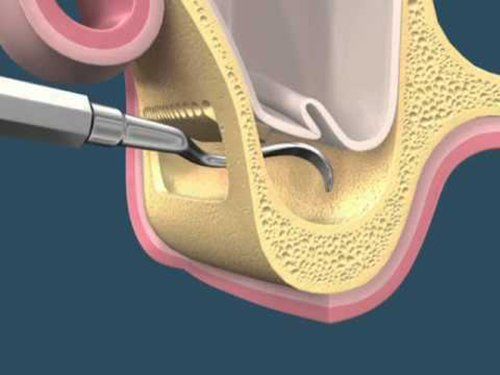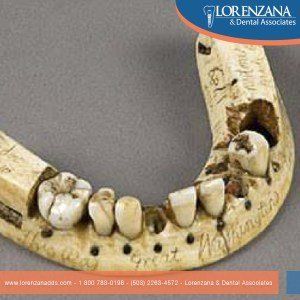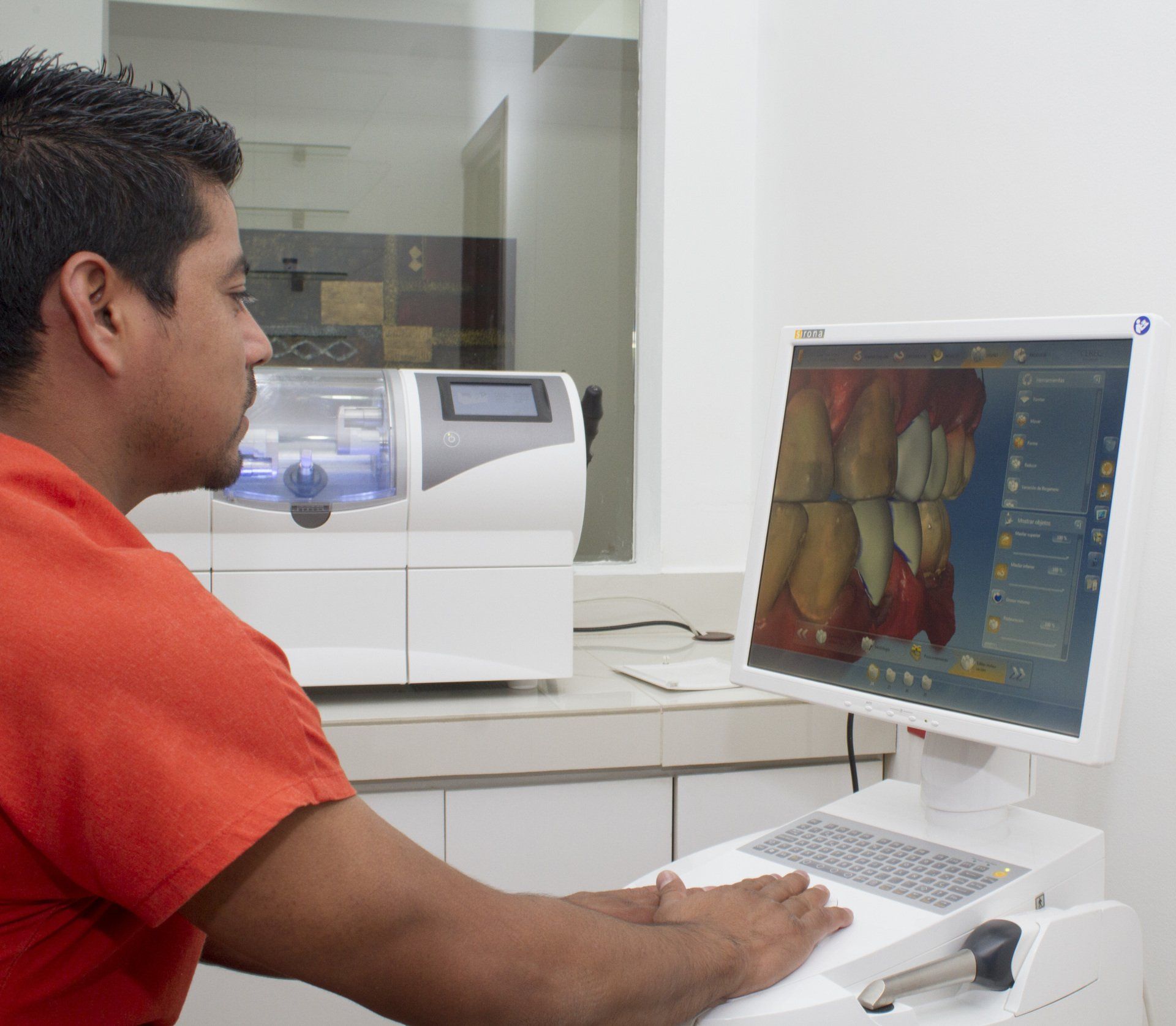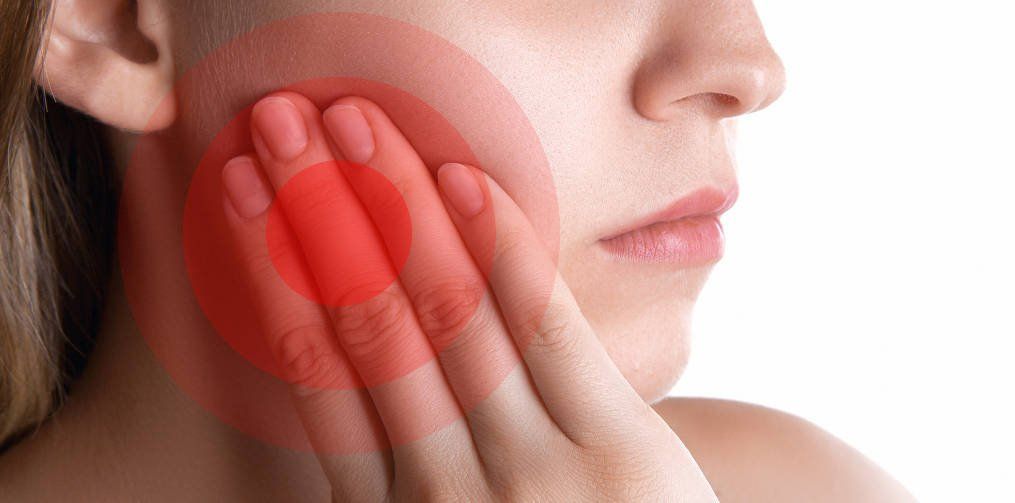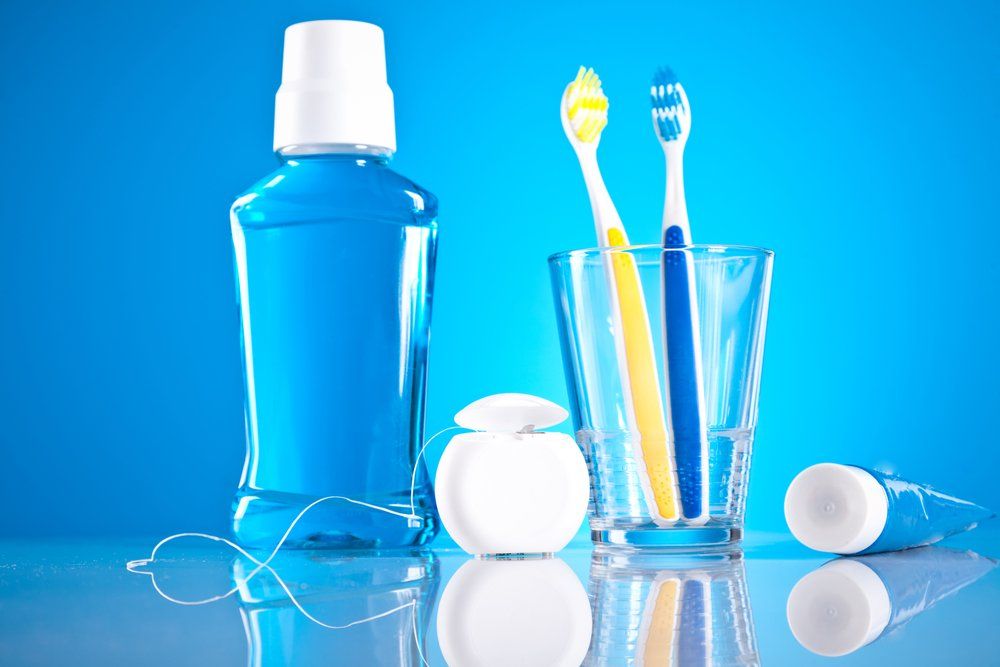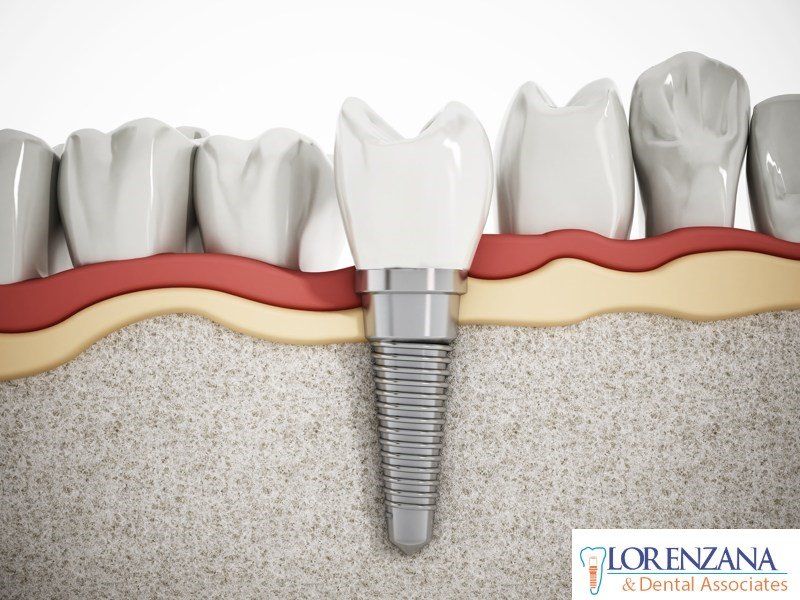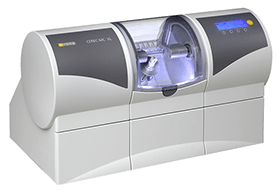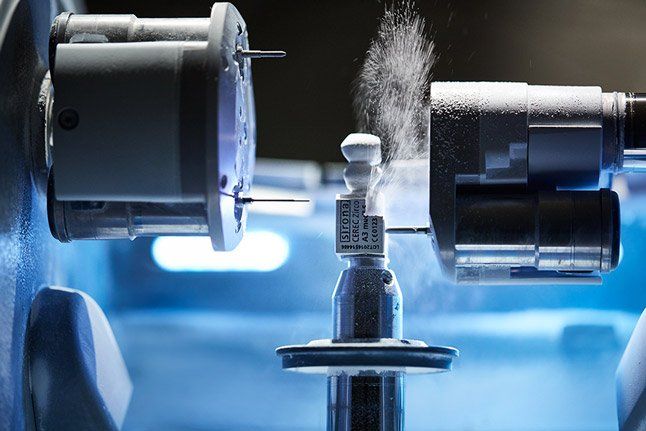Radiographic evaluation of cervical spine of subjects with temporomandibular joint internal disorder
Although the etiopathophysiology of internal temporomandibular joint internal disorders (TMJ ID) is still unknown, it has been suggested that head and body posture could be related to its initial onset, development and perpetuation.
The purpose of the present study was to observe the relationship between cervical spine X-ray abnormalities and TMJ ID. This investigation evaluated 30 subjects with internal TMJ disorder symptoms (test group) and 20 healthy subjects (control group). Subjects were submitted to clinical and radiographic evaluation. Clinical evaluation comprised anamnesis and stomatognathic system physical examination. Radiographic evaluation comprised analysis of lateral cervical spine X-rays by three physical therapists and tracing on the same im ages. The test group presented twice as much cervical spine hyperlordosis as the control group (20.7% versus 10.5%), but almost half of rectification prevalence (41.4 versus 79.0%, p = 0.03). After that, the test group was divided into three subgroups according to TMJ dysfunction severity, evaluated by Helkimo's index. These subgroups were not significantly different, but the subgroup with more severe TMD showed a tendency to cervical spine hyperlordosis prevalence. Results showed a tendency for . subjects with more severe TMD to exhibit cervical spine hyperlordosis. Nevertheless, studies with a larger number of subjects suffering from severe TMD are encouraged in order to corroborate the present findings. Temporomandibular joint internal disorders (TMJ ID) are a specific category of TMJ dysfunction (TMD), a condition in which tissue morphology and healthy biodynamic joint elements are jeopardized, and which may lead to TMJ noises, altered mandibular movements, and pain. Musculoskeletal pain and altered mandibular movements may compromise the TMJ system and adjacent craniocervical region. The etiopathophysiology of TMD is still unclear. Some authors believe that head or body posture plays a role in TMD onset and development. The reasoning would be that a chronically altered craniocervical posture could lead to mandibular postural changes through biomechanical and neuromuscular mechanisms. Some authors have reported postural pattern alterations in TMD subjects in comparison with healthy subjects, while others have not found any differences between TMD and healthy subjects. SOURCE http://www.scielo.br/scielo.php?pid=s1806-83242004000400002&script=sci_arttext
La evaluación radiográfica de la columna cervical de sujetos con trastorno interno de la articulación temporomandibular
Aunque la etiopatofisiologia y de trastornos internos internos articulación temporomandibular (TMJ ID) es todavía desconocida, se ha sugerido que la cabeza y el cuerpo postura podría estar relacionada con su aparición inicial, desarrollo y perpetuación. El propósito del presente estudio fue observar la relación entre la columna cervical anomalías de rayos X y la ATM ID. Esta investigación evaluó a 30 sujetos con síntomas internos con trastorno de la ATM (grupo de prueba) y 20 sujetos sanos (grupo control). Los sujetos fueron sometidos a evaluación clínica y radiográfica. Evaluación clínica anamnesis y el examen físico que comprende el sistema estomatognático. La evaluación radiográfica compone análisis de rayos X de la columna vertebral cervical laterales por tres terapeutas físicos y el seguimiento en los mismos im edades. El grupo de prueba presenta dos veces como mucho hiperlordosis de la columna cervical como el grupo de control (20,7% frente a 10,5%), pero casi la mitad de la prevalencia de rectificación (41,4 frente a 79,0%, p = 0,03). Después de eso, el grupo de prueba se dividió en tres subgrupos en función de la gravedad de la disfunción de la ATM, evaluada por el índice de Helkimo. Estos subgrupos no fueron significativamente diferentes, pero el subgrupo con más severa TMD mostraron una tendencia a la prevalencia hiperlordosis de la columna cervical. Los resultados mostraron una tendencia a que los sujetos con más severo TMD para exhibir hiperlordosis de la columna cervical. Sin embargo, se anima a los estudios con un mayor número de sujetos que sufren de severo TMD con el fin de corroborar los resultados actuales. Trastornos de la articulación temporomandibular (ATM ID) son una categoría específica de la disfunción de la ATM (TMD), una condición en la que se ponen en peligro la morfología del tejido y elementos de unión biodinámicos saludables, y que pueden conducir a los ruidos de la articulación temporomandibular, movimientos mandibulares alteradas y dolor. El dolor musculoesquelético y los movimientos mandibulares alteradas pueden comprometer el sistema ATM y la región craneocervical adyacente. El etiopatofisiologia de TMD todavía no está claro. Algunos autores creen que la cabeza o la postura del cuerpo juega un papel en la aparición y desarrollo de TMD. El razonamiento sería que una postura craneocervical alterado crónica podría conducir a cambios posturales mandibulares mediante mecanismos biomecánicos y neuromusculares. Algunos autores han reportado alteraciones en el patrón de postura en temas de TTM en comparación con sujetos sanos, mientras que otros no han encontrado diferencias entre los TTM y sujetos sanos. SOURCE http://www.scielo.br/scielo.php?pid=s1806-83242004000400002&script=sci_arttext
